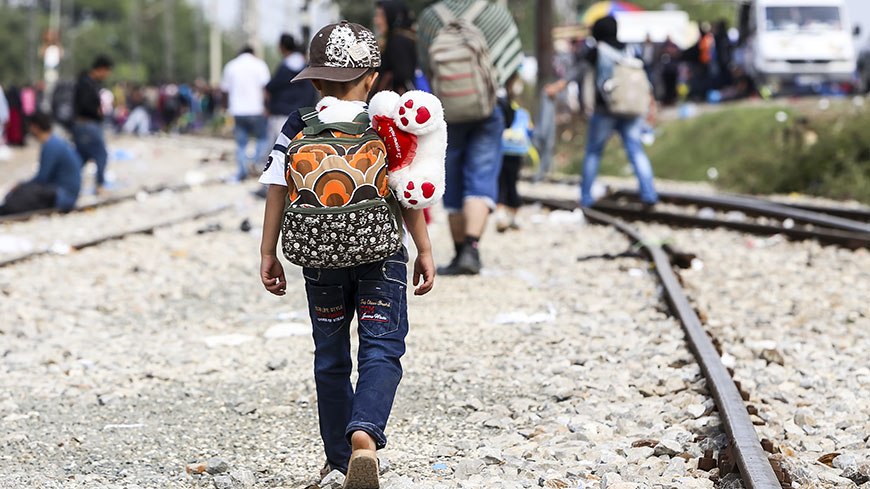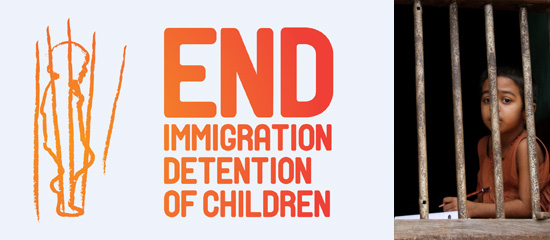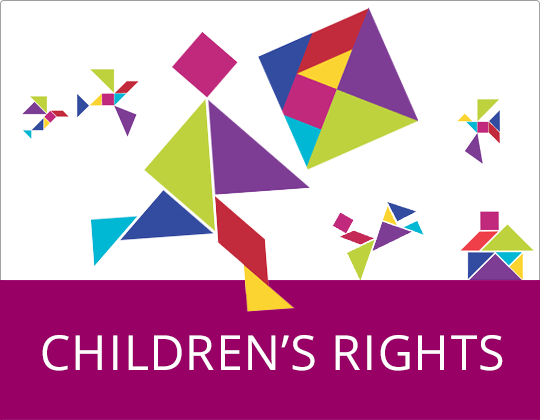On the occasion of the World’s Children’s Day marked today, the Council of Europe and the European Asylum Support Office (EASO), have launched an animation on age assessment of migrant children.
Age assessment is a process carried out by an authority to estimate a person’s age and determine whether he/she is an adult or a child, to take a decision on his/her entitlements, rights and duties. The key challenges in this process are the lack of common approach to age assessment procedures in Europe and the low awareness among children of their rights.
This animation seeks to inform children about these procedures in an adapted way, so that they understand that the age assessment should be conducted in a manner that respects their human rights and dignity, is conducted with their informed consent, and takes into account any particular vulnerabilities, their gender and cultural background.
The animation has been developed by the European Asylum Support Office (EASO) in cooperation and consultation with the Council of Europe; this co-operation is in line with the Memorandum of Understanding between the Council of Europe and the European Union of 23 May 2007, which covers the protection of the rights of the child.
The animation is released in English, French, Spanish and Portuguese, and the Council of Europe will soon release the animation also in Arabic, Pashto, Dari, Tigrinya, Somali and Punjabi.
This tool is primarily aimed at children and should also be used by professionals working with children, especially guardians.
Since the start of the latest migration influx in Europe in 2015-2016, the Council of Europe has been engaged with the issue of human rights-based age assessment procedures of migrant children in Europe. In 2017, it has published a comparative report “Age assessment: Council of Europe member States’ policies, procedures and practices respectful of children’s rights” analysing 37 European states. The Special Representative of the Secretary General on Migration and Refugees (SRSG) focused on age assessment in the Council of Europe Action Plan on Protecting Refugee and Migrant Children in Europe (2017-2019) and intends to include it into the next Action plan currently developed.
More information:
- Council of Europe’s guide for policy-makers Age assessment for children in migration: a human rights-based approach
- Report on consultations with unaccompanied children on the topic of age assessment: We are children, hear us out! Children speak out about age assessment (2019)
- Special Representative of the Council of Europe’s Secretary General’s publication: Promoting child-friendly approaches in the area of migration - Standards, guidance and current practices (2019)
- EASO Practical Guide on Age Assessment: Second Edition
- EASO animation for practitioners Age assessment -Why? When? How?





